After lunch at Jia Tian Xia, we again boarded our bus for the short drive to the old Dadaocheng area in Taipei City. We all drop by the Dadaocheng Visitors, the start of Dihua Street. Here, some of the ladies in our entourage tried on traditional Chinese clothes for free and posed wearing these to spice up their Dihua visit. After this, we started our walking and shopping tour of the district.
The streets and alleys of this district presented us with a rich mix of East and West, history and the future, tradition and modernity. At its heart is narrow Dihua Street which is lined with beautifully restored shophouses with southern Fujian, Baroque Revival, early Modernist and other Western architectural facades and elements, all occupied by long-established businesses and recently opened cultural-creative enterprises.
Running south to north, parallel to the Tamsui River, Dihua Street is considered to be the oldest street in Taipei, with a few sections that date back to the period of Dutch rule in Taiwan (1624–1661), but mainly it was constructed from the 1850s. Originally called Central Street, its southern and northern sections were called South Street and North Street, respectively.
In the latter part of the 19th century, Dihua Street rose to prominence as a major commercial throughway in the bustling Dadaocheng river-port community (where one of its major industries was tea) and many businessmen made their fortunes here. By 1872, there were already five British trading firms plus a sizable Western population in Dadaocheng.
In the 1970s, the fortunes of Dihua Street and Dadaocheng, as a whole, started fading when Taipei’s commercial center shifted eastward. In 1988, in the face of heritage-preservation protests, a government plan to widen Dihua Street was shelved.
In 1996, however, the establishment of the Taipei Lunar New Year Festival’s traditional New Year goods market drew public attention back to the street.
In 1998, a heritage/renovation plan for Dadaocheng was finalized and soon cultural-creative entrepreneurs were reinventing the old buildings, using the unique structures in interesting ways.
Though only about 800 m. long, the atmospheric Dihua Street’s many identities provides a whole day of exploration (and shopping). Its well-preserved or reconstructed buildings now house traditional shops selling dried goods and herbal medicines, chic cafés and mini art galleries.
The buildings, though narrow, are deep and often have a courtyard toward their middle that divides them into two sections.
One of its early shophouses is a century-old building that once housed A.S. Watson and Co., Taiwan’s first Western-style drugstore built in 1917 by Lee Chun-chi as a franchise of the Hong Kong-based parent company. This building’s Modernist gray exterior has wood-frames windows with some Asian-style decorations also adorning the façade. It now houses a cute crafts and souvenir store, a bookstore and the ASW Tea House, an English-style teahouse, at the second floor, which preserved the original drugstore’s initials in its name.
It now serves classic Western culinary items using locally grown ingredients (dried pineapple in the scones, fruit juice in the pate de fruit, the black sesame in the madeleines, etc.), all washed down with local Taiwanese tea (except for the Ceylon BOP, which is a mixture of Sri Lankan and Taiwanese leaf). A couple of sandwich selections include an apple, cheese and olive oil creation featuring mullet roe sourced directly from Li Ly Sun, a long-established seafood and dried-goods store just down Dihua Street.
Yongle Fabric Market, a Dihua Street institution dating to the Japanese colonial area, remains the largest fabric market in Taiwan. The first floor houses a small wet market while the second floor houses the actual fabric market.
The third floor is where people can take their fabric to be tailored. The 8th floor houses cultural exhibitions while Dadaocheng Theater can be found on the 9th floor. Inside, there are also several sushi bars, including one with a good range of craft beers.
Dihua Street, with new businesses constantly opening up in this area, is definitely a place that deserves multiple visits, given enough time. Aside from the abovementioned, other places to visit along Dihua Street include:
- Sin Hong Choon Tea Museum – in a building, built in 1934, featuring a mix of Taiwanese and Western design elements, it once housed the area’s largest tea-processing workshop and was the Wang family’s (the original owners who moved to Taiwan from mainland China in the 1910s) base for the export of tea to Southeast Asia. Its quaint interior, with terrazzo stairs and red-brick walls, was featured in La Grande Chaumière Violette, a 2016 Taiwanese TV period drama series which told the story of the son of a wealthy tea merchant. The museum, providing a fascinating look into the tea trade of that time, is a place to learn more about Dadaocheng’s tea trade. Here visitors get to see old tea-processing machines as well as the family’s living quarters.
- A Design & Life Project – a modern business in an old building, it is stocked to the brim with all sorts of antique knickknacks such as vintage American and industrial-style design items (cast-iron door handles, old-fashioned keys, gold-leaf lettering, etc.) plus new redesigns created by the store.
- Earthing Way– a dose of local-flavor nostalgia, it features aramono (a Japanese term that refers to simple, austere tools and utensils most often made from natural materials, such as bamboo baskets, wooden spoons, and ceramic bowls) from local craftsmen.
- Museum 207– housed in a relatively new structure built in 1962, has a faux-brick and somber, red wood facade. The exhibits, focused on Taiwanese traditions such as on the art of terrazzo flooring in the past and the current show on the complex art of Taiwanese gift-giving, displays items such as mirrors with auspicious messages and lucky red envelopes. At its roof, you can take in a stunning panorama of the neighborhood and beyond.
- Ama Museum– Run by the Taipei Women’s Rescue Foundation, it was opened in December 2016 to tell the story of the estimated 2,000 Taiwanese “comfort women” (it has only been able to track down 59 but has worked closely with them since the early 1990s) forced into sexual slavery by the Japanese military during World War II.
- Yehjinfa Rice Mill– still owned by the Yeh family (though at one point they stopped doing business for many years), it reopened in 2016 as a boutique rice/grocery/daily-use item shop. Its sleek and non-intrusive interior features Minimalistic, free-standing wooden trusses and wooden boxes used as display shelves. The rice selection was expanded to 10 Taiwanese grains (including red sticky rice and black rice sourced directly from an indigenous village as well as the popular Taiken No. 9 Premium). To preserve freshness, the rice is sold in small packets. The other food items, all local and/or eco-friendly, or produced using unique methods, includes curry sauce (made with ingredients sourced from Hualien County), chili oil (from a 70-year-old shop) and dried mushrooms (grown using zero-waste methods). Kitchen items that revolve around rice include bowls, dishes and steamers.
- URS329 – located toward the north end of Dihua Street, this restaurant serves a selection of culturally representative dishes that complement rice. Its grains are milled in-house with a miniature machine.
- Taiwan Cooking 101 School
- Xia-Hai City God Temple
Check out “Xia-Hai City God Temple“
Dadaocheng Visitor Center (URS44 Dadaocheng): No. 44, Sec. 1, Dihua St., Datong Dist., Taipei City 103. Tel: +886-2-2559-6802. Open daily (except Tuesdays), 9 AM – 5 PM.
Yongle Fabric Market: 1 Minle St., Datong District, Taipei City
Sin Hong Choon Tea Museum: Minsheng West Road, Datong District, Taipei City
A Design & Life Project: Nanjing West Road, Datong District, Taipei City
Museum 207: Dihua Street, Datong District, Taipei City

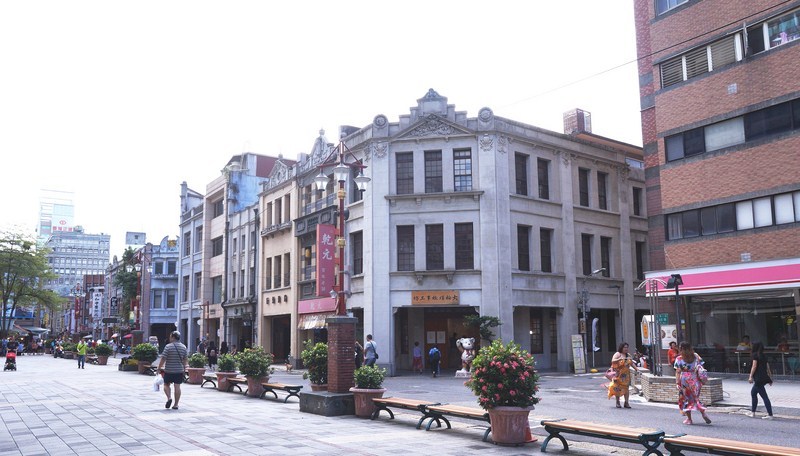
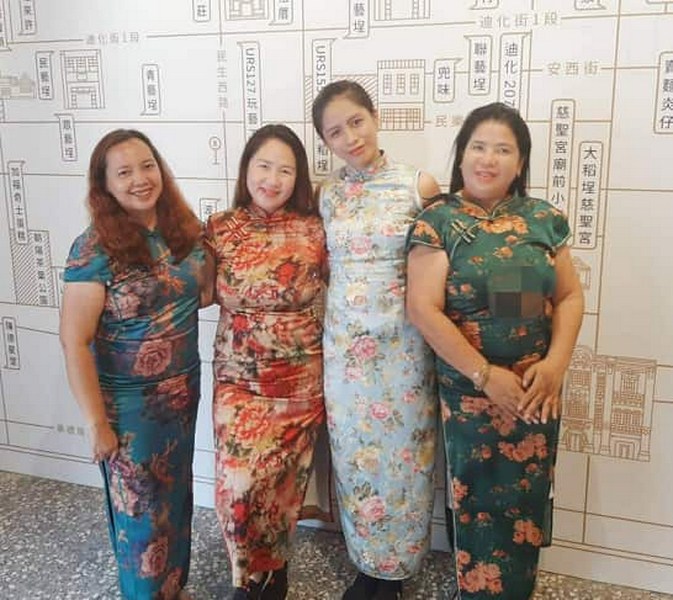
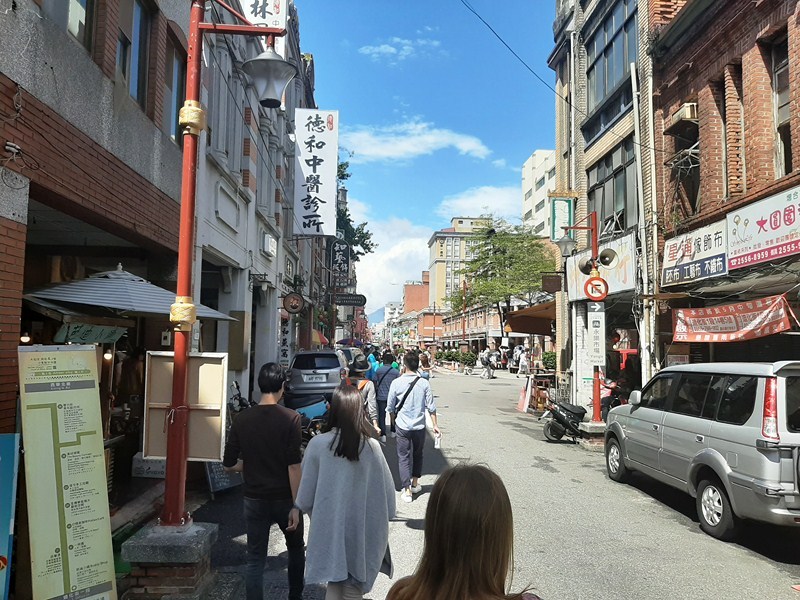
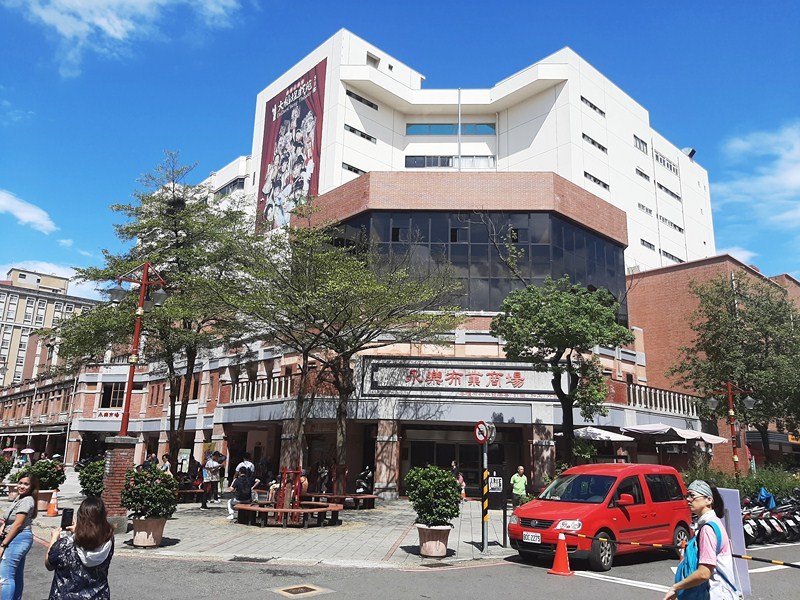
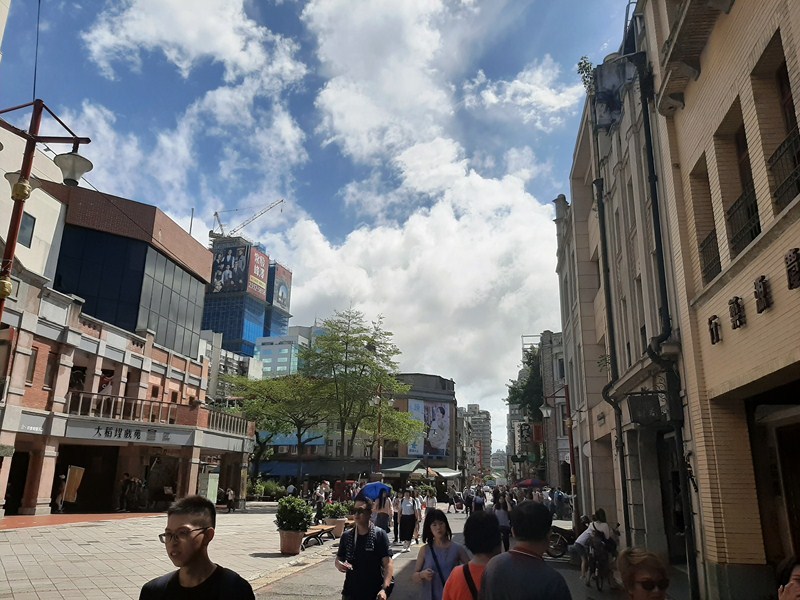
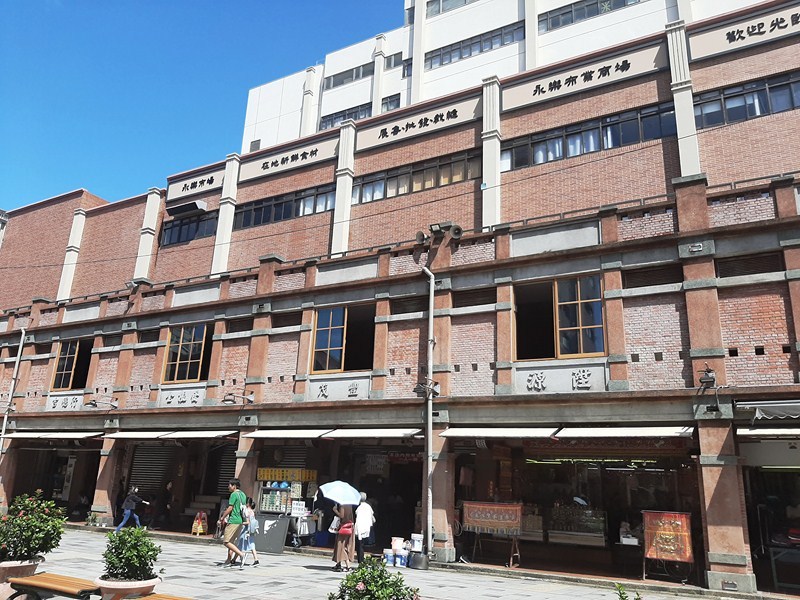
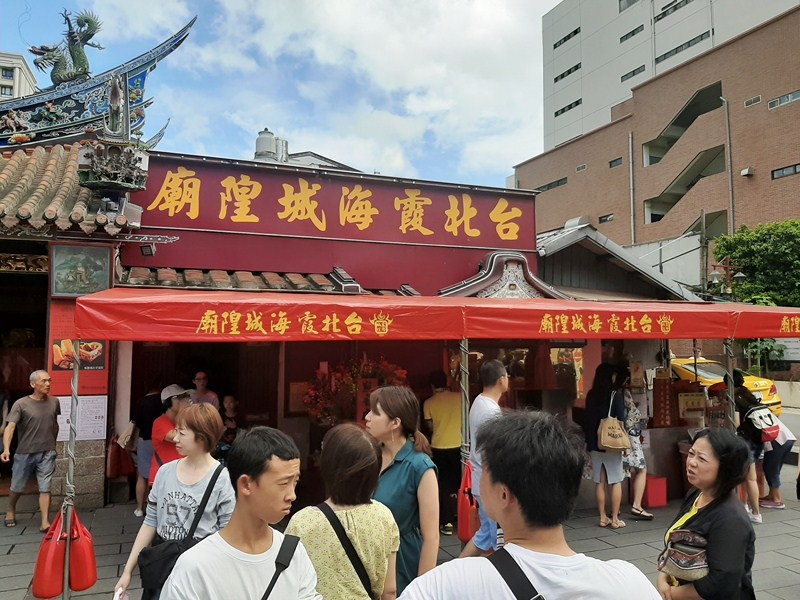
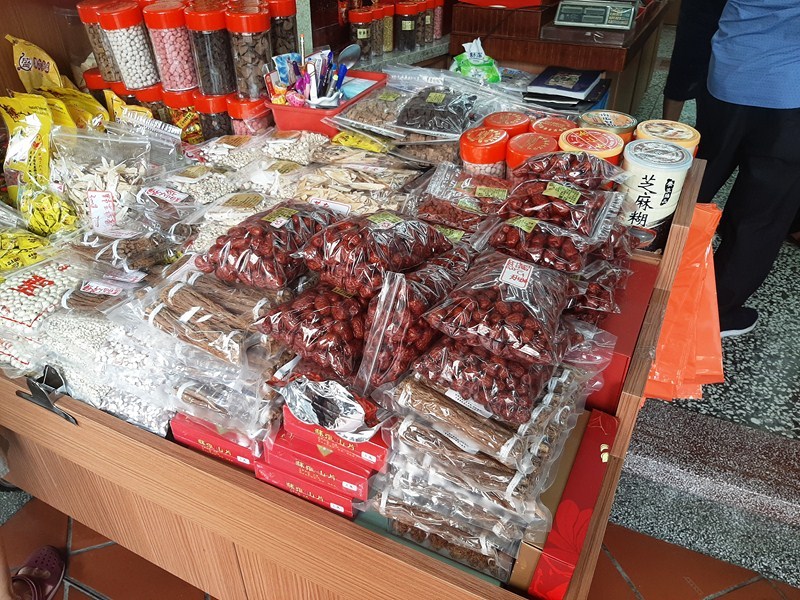
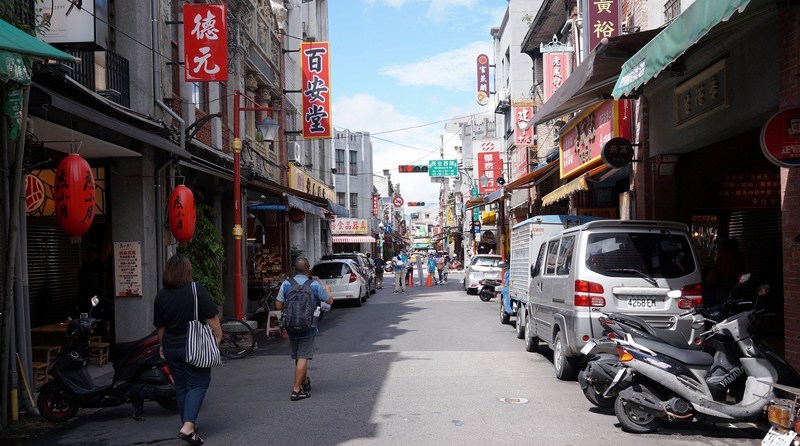
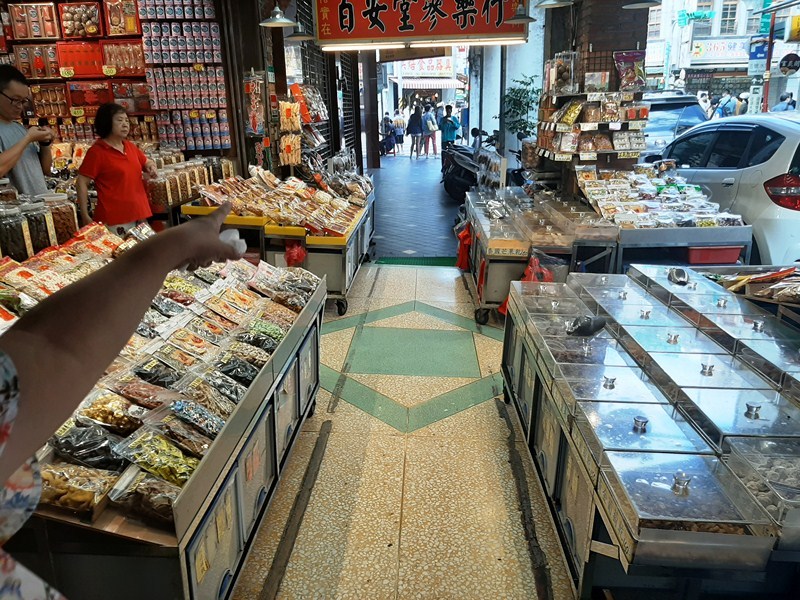
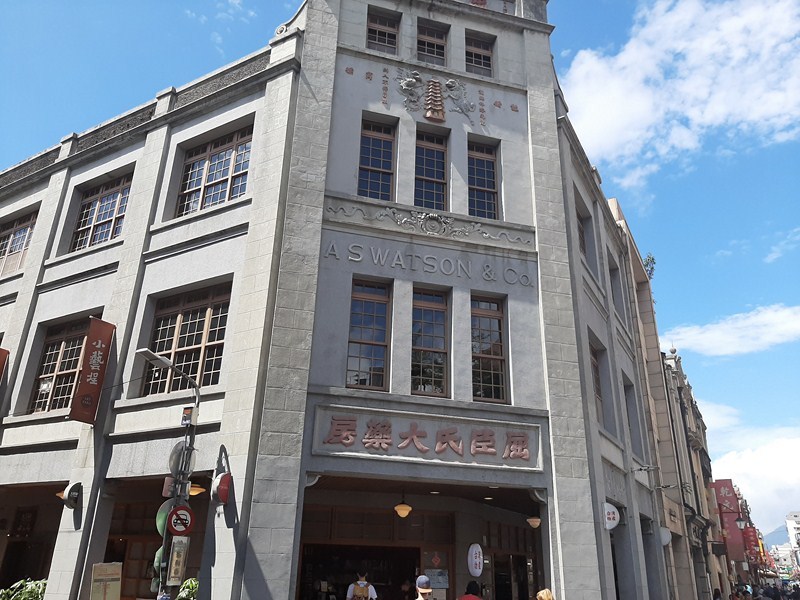
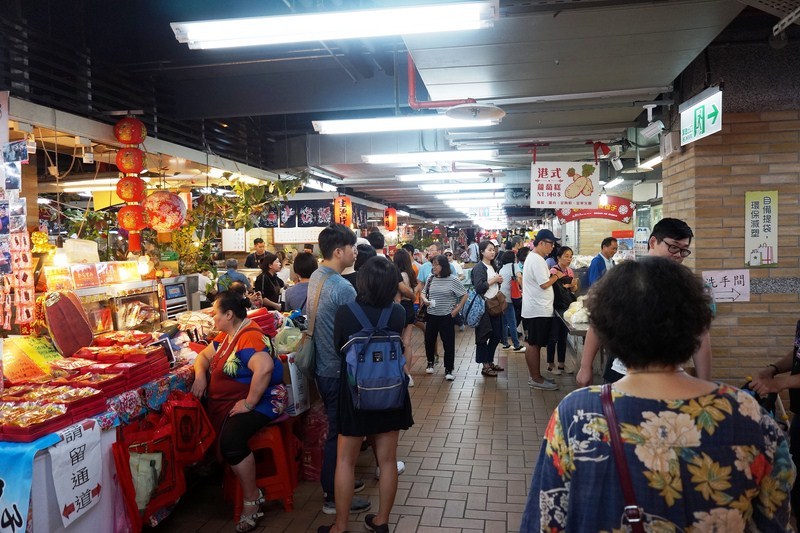
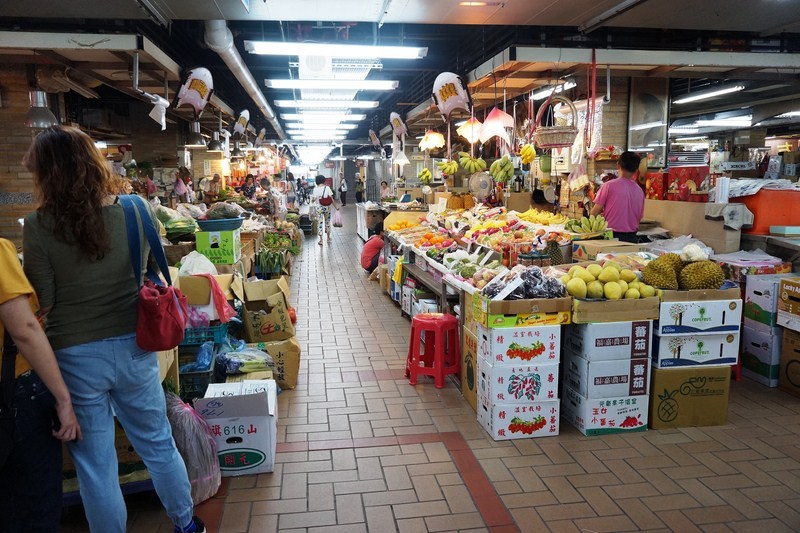
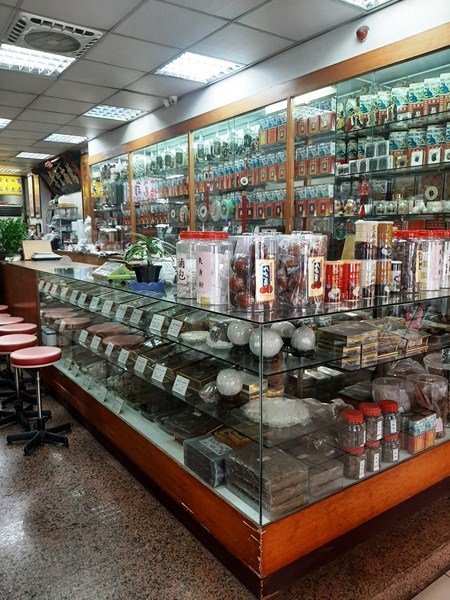
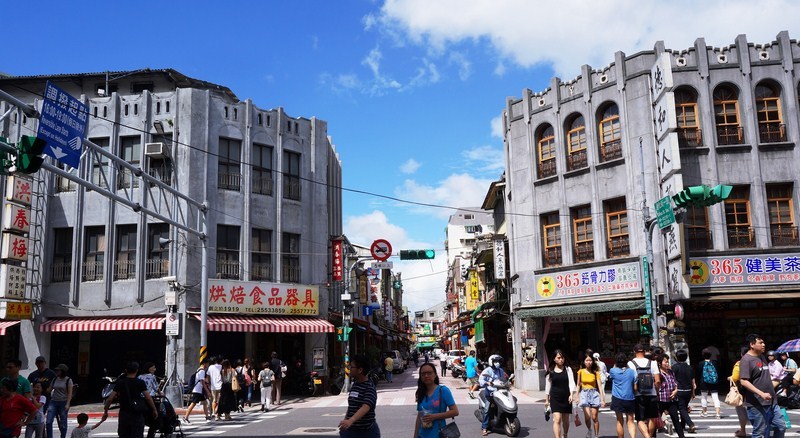
Pingback: Xia-Hai City God Temple (Taipei, Taiwan) – B.L.A.S.T. – Live Life to the Fullest ……… Don't Stay Put
Today, Dihua Street (???) is the oldest street in Taipei and the main avenue of Dadaocheng. Significant efforts were put in conservation in the original architecture of the old shophouses and many young cultural entrepreneurs brought new life into the restored spaces.